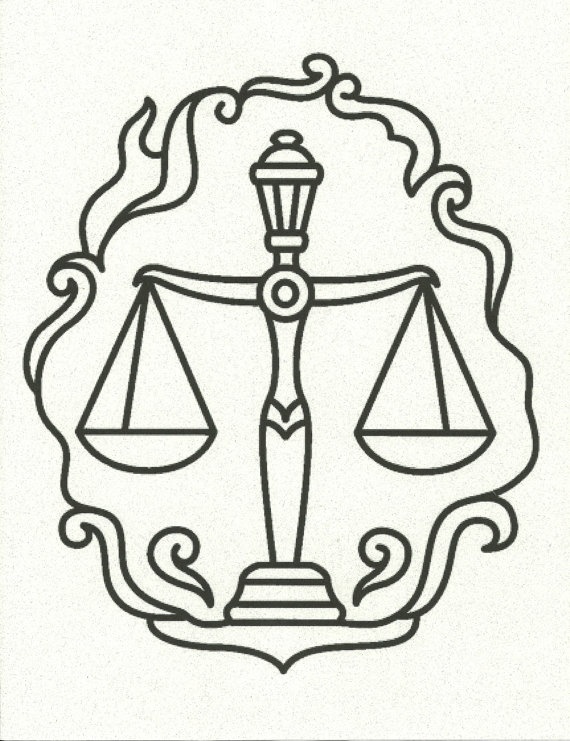
The last major group of constellations was created by the French astronomer Nicolas-Louis de Lacaille in the 18th century. “Lacerta, Cygnus, Lyra, Vulpecula and Anser”, plate 14 in Urania’s Mirror, a set of celestial cards accompanied by A familiar treatise on astronomy… by Jehoshaphat Aspin. The Polish astronomer Johannes Hevelius added 10 new constellations in the 17th century. These constellations were first depicted on a celestial globe designed by the Dutch-Flemish astronomer Petrus Plancius in 1597/1598.

They were named after the animals the explorers encountered on their journeys. Twelve constellations were created by Dutch explorers who sailed to Indonesia in 1595. Many of them were unknown to the Greeks because they lie in the far southern sky and are invisible from mid-northern latitudes. Most of the modern constellations that were not catalogued by Ptolemy were created between the 16th and 19th centuries. These include most of the members of the Perseus family (Perseus, Andromeda, Cassiopeia, Cetus, Cepheus, Pegasus, and Auriga), Hercules family (Hercules, Sagitta, Aquila, Lyra, Cygnus, Hydra, Crater, Corvus, Ophiuchus, Serpens, Centaurus, Lupus, Corona Australis, and Ara), Orion family (Orion, Canis Major, Canis Minor, Lepus, Monoceros), Zodiac family (Aries, Taurus, Gemini, Cancer, Leo, Virgo, Libra, Scorpius, Sagittarius, Capricornus, Aquarius, Pisces), and Ursa Major family (Ursa Major, Ursa Minor, Draco, Canes Venatici, Boötes, and Corona Borealis). Names associated with figures from mythology were given to a number of prominent constellations. The constellations were well known to observers long before his time. Ptolemy did not name these constellations, but simply documented them in his Almagest. These constellations were first catalogued by the Greek astronomer Claudius Ptolemy in the 2nd century CE.


The 88 constellation names and their meanings are listed below.Ĭonstellation names that come from Greek mythology, including the names of the zodiac constellations, are the ones that are best known. The names of ancient constellations mostly come from Greek and Roman mythology, while most of the constellations created more recently were named after scientific instruments and exotic animals. Constellation names, like the names of stars, come from a variety of sources and each has a different story and meaning behind it.


 0 kommentar(er)
0 kommentar(er)
